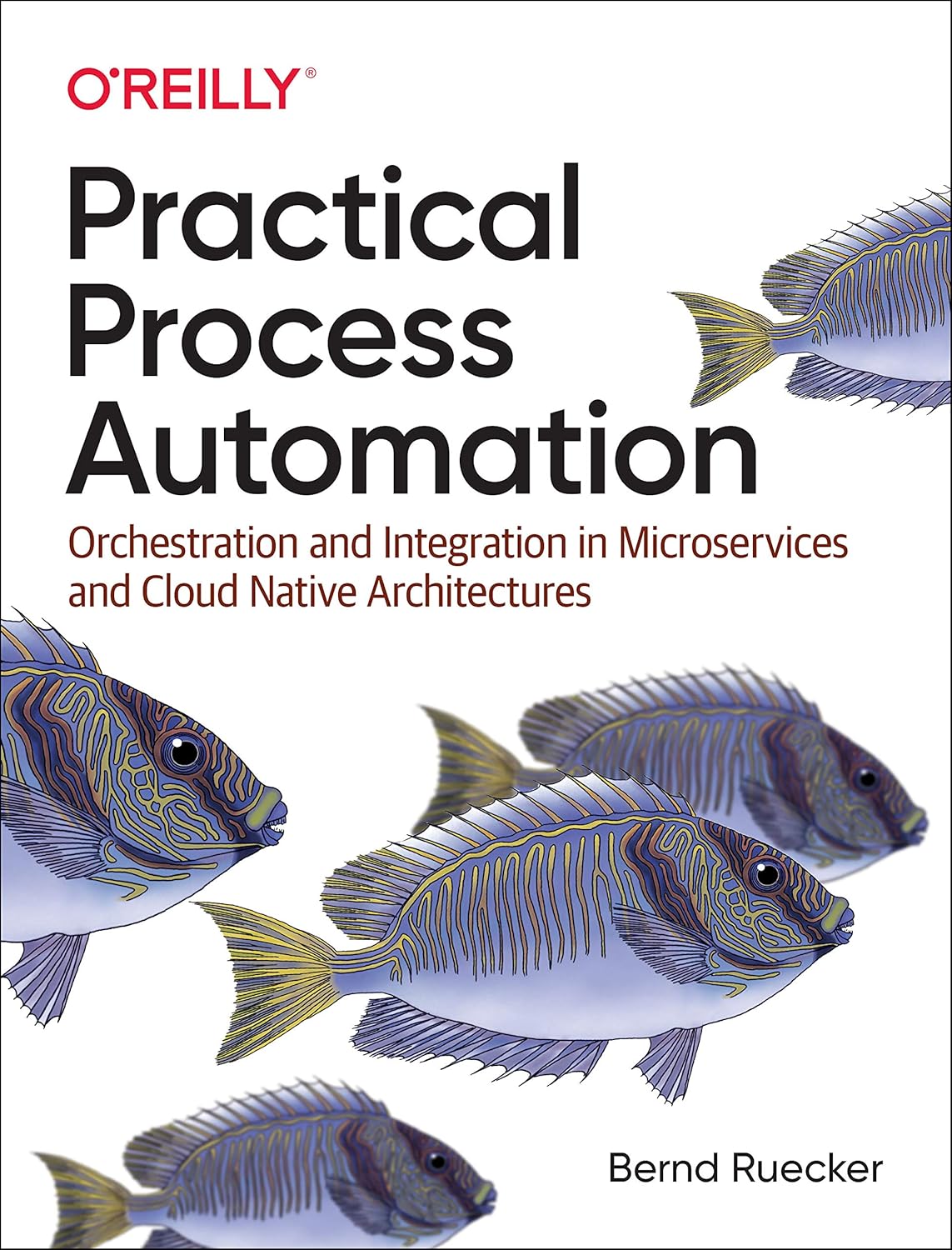Orchestration and Integration in Microservices and Cloud Native Architectures
Microservices, serverless functions, and event streams have made modern IT architectures fast, flexible, and decoupled. However, connecting all those independent components into a coherent, automated business process can quickly become complex. This is where Bernd Ruecker’s book provides essential guidance. It offers developers and architects a practical roadmap for designing and automating complex workflows in a distributed, asynchronous environment.
This is not just another theory-heavy guide. It is hands-on, example-driven, and grounded in the realities of today’s cloud-native systems. Whether you are orchestrating a fleet of microservices, managing human interactions, or directing decision bots, this book equips you with the tools and frameworks needed to build systems that are connected, intelligent, and scalable.
You will learn how to:
- Understand the differences between orchestration and choreography, and why choosing the right approach is critical
- Tackle the challenges of long-running, stateful interactions using workflow engines
- Use BPMN (Business Process Model and Notation) to create executable and maintainable process models
Ruecker also explores how process automation fits into the bigger picture. He compares it with business process management (BPM), batch processing, service-oriented architecture, data pipelines, and event streaming solutions. The book explains how modern workflow engines act as the glue that connects reactive systems and brings structure to distributed architectures.
In a world where software must be both modular and meaningful, this book is a valuable resource for anyone working to align scattered services with smart automation. Whether you are deploying containers or designing your first BPMN diagram, this guide will help you build automated solutions that are efficient and sustainable.

